Refine listing
Actions for selected content:
17000 results
An x-ray tour of massive-star-forming regions with Chandra
-
-
- Book:
- Massive Stars
- Published online:
- 04 August 2010
- Print publication:
- 12 November 2009, pp 60-73
-
- Chapter
- Export citation
The initial mass function in clusters
-
-
- Book:
- Massive Stars
- Published online:
- 04 August 2010
- Print publication:
- 12 November 2009, pp 93-103
-
- Chapter
- Export citation

Elementary Particles and the Universe
- Essays in Honor of Murray Gell-Mann
-
- Published online:
- 11 November 2009
- Print publication:
- 25 October 1991
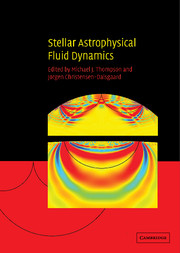
Stellar Astrophysical Fluid Dynamics
-
- Published online:
- 11 November 2009
- Print publication:
- 01 May 2003
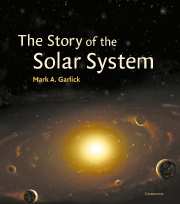
The Story of the Solar System
-
- Published online:
- 10 November 2009
- Print publication:
- 07 March 2002
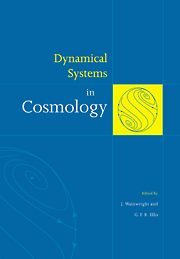
Dynamical Systems in Cosmology
-
- Published online:
- 10 November 2009
- Print publication:
- 28 January 1997

Exact Solutions of Einstein's Field Equations
-
- Published online:
- 10 November 2009
- Print publication:
- 27 March 2003
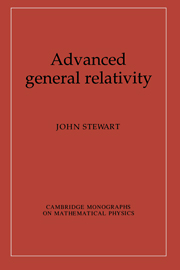
Advanced General Relativity
-
- Published online:
- 10 November 2009
- Print publication:
- 30 August 1991
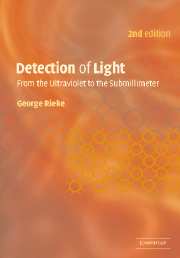
Detection of Light
- From the Ultraviolet to the Submillimeter
-
- Published online:
- 09 November 2009
- Print publication:
- 17 October 2002
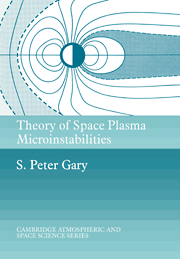
Theory of Space Plasma Microinstabilities
-
- Published online:
- 06 November 2009
- Print publication:
- 16 September 1993
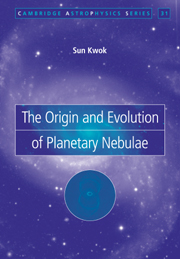
The Origin and Evolution of Planetary Nebulae
-
- Published online:
- 04 November 2009
- Print publication:
- 25 May 2000
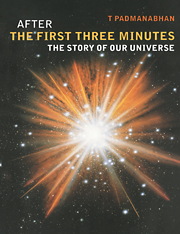
After the First Three Minutes
- The Story of Our Universe
-
- Published online:
- 02 November 2009
- Print publication:
- 05 February 1998
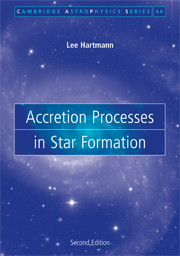
Accretion Processes in Star Formation
-
- Published online:
- 30 October 2009
- Print publication:
- 20 November 2008
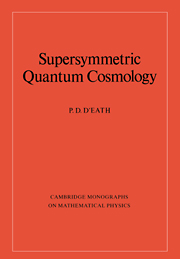
Supersymmetric Quantum Cosmology
-
- Published online:
- 30 October 2009
- Print publication:
- 13 July 1996
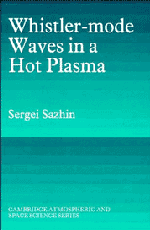
Whistler-mode Waves in a Hot Plasma
-
- Published online:
- 30 October 2009
- Print publication:
- 11 February 1993
12 - The stellar life cycle
-
- Book:
- An Introduction to the Theory of Stellar Structure and Evolution
- Print publication:
- 29 October 2009, pp 231-250
-
- Chapter
- Export citation
11 - Interacting binary stars
-
- Book:
- An Introduction to the Theory of Stellar Structure and Evolution
- Print publication:
- 29 October 2009, pp 208-230
-
- Chapter
- Export citation
Appendix B - The equation of state for degenerate electrons
-
- Book:
- An Introduction to the Theory of Stellar Structure and Evolution
- Print publication:
- 29 October 2009, pp 259-269
-
- Chapter
- Export citation
7 - The evolution of stars – a schematic picture
-
- Book:
- An Introduction to the Theory of Stellar Structure and Evolution
- Print publication:
- 29 October 2009, pp 104-129
-
- Chapter
- Export citation
Preface to the second edition
-
- Book:
- An Introduction to the Theory of Stellar Structure and Evolution
- Print publication:
- 29 October 2009, pp xi-xii
-
- Chapter
- Export citation
